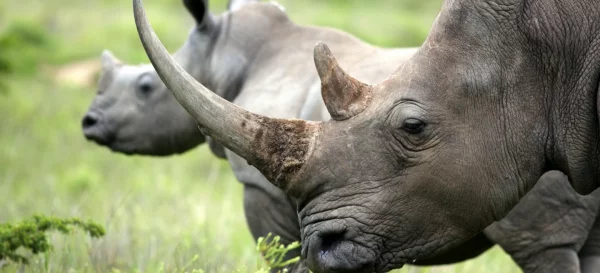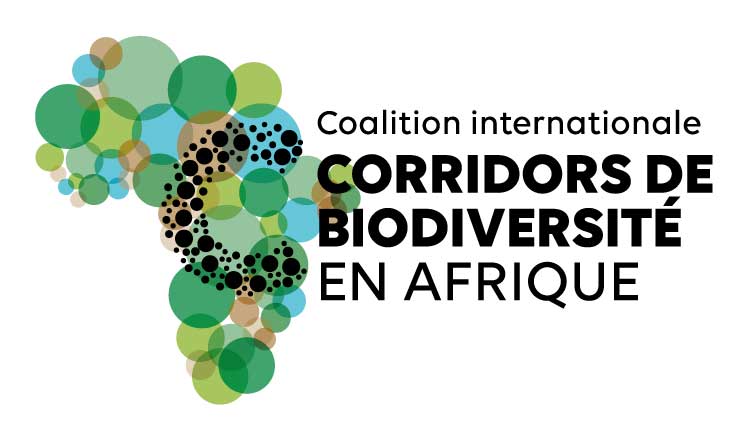This website uses cookies so that we can provide you with the best user experience possible. Cookie information is stored in your browser and performs functions such as recognising you when you return to our website and helping our team to understand which sections of the website you find most interesting and useful.
Wildlife populations are in widespread decline around the world
The decline has been so dramatic that it is estimated that the biomass of humans is now an order of magnitude higher than that of all wild mammals combined. Habitat destruction and poaching to supply the international illegal wildlife trade (IWT) are two key drivers of this grave problem. The value of illegal trade has been estimated at between $7 and $23 billion per year, making wildlife crime one of the most lucrative illegal businesses, often run by sophisticated, international, and well-organized criminal networks seeking to exploit the high rewards and low risks of the trade. At the local level, poaching is also the result of poverty, corruption, inadequate enforcement, and political instability.
The conservation of elephants and rhinos has received considerable global attention, but other mammals are under severe pressure as well, including cats (e.g. lions, tigers, and snow leopards), non-human primates (e.g. great apes, monkeys), and pangolins—endangered, scaly-skinned mammals highly sought after for meat and scales that may be the world’s most heavily trafficked mammal. Many species of reptiles, birds, amphibians, fish, invertebrates are also significantly impacted by poaching and illegal trade and require urgent attention. The demand for wildlife products may be fueled by the perceived medicinal value of some products or the social status that is associated with them. Other drivers of demand include opportunistic buying driven by the desire to possess exotic pets and rare plants and animals.
The accelerating decline in wildlife populations will have long-term negative impacts on local communities as it robs communities of their natural capital and livelihoods—$70 billion per year is lost due to crimes affecting natural resources—deepens poverty and inequality, and threatens national security by causing instability and fueling conflicts. In many developing countries, wildlife is a driver for tourism revenues, job creation, and sustainable development. Wildlife also brings significant ecological and cultural benefits to regions around the world.
[…]
The Global Wildlife Program carries out activities in 13 African counties (Botswana, Cameroon, Ethiopia, Gabon, Kenya, Mali, Malawi, Mozambique, Republic of Congo, Tanzania, South Africa, Zambia, and Zimbabwe) and in six Asian countries (Afghanistan, India, Indonesia, Philippines, Thailand, and Vietnam). The GEF invested $131 million and leveraged $704 million in Phase I of the program.
The GWP supports on-the-ground actions with a platform for knowledge exchange and coordination and is a comprehensive effort to protect threatened species and their habitats, with a suite of investments to address the problems and to look for short and long-term solutions in the source, transit, and demand countries.
Source countries: enhancing antipoaching tracking and intelligence operations; increasing the size of conservation areas and improving their management; integrated land-use planning; strengthening enforcement; and providing opportunities for development through nature-based tourism and other agrobiodiversity, forestry, and natural resource projects that benefit local communities.
Transit states: supporting law enforcement capacity, using DNA markers, tracking known shipments of illegal wildlife products to identify the source of wildlife, and strengthening efforts against corruption at all levels.
Demand countries: targeted awareness-raising among consumers across the world, increasing legal deterrents for purchase, and changing behavior of the general public.”

For more information, visit GEF’s website here.

